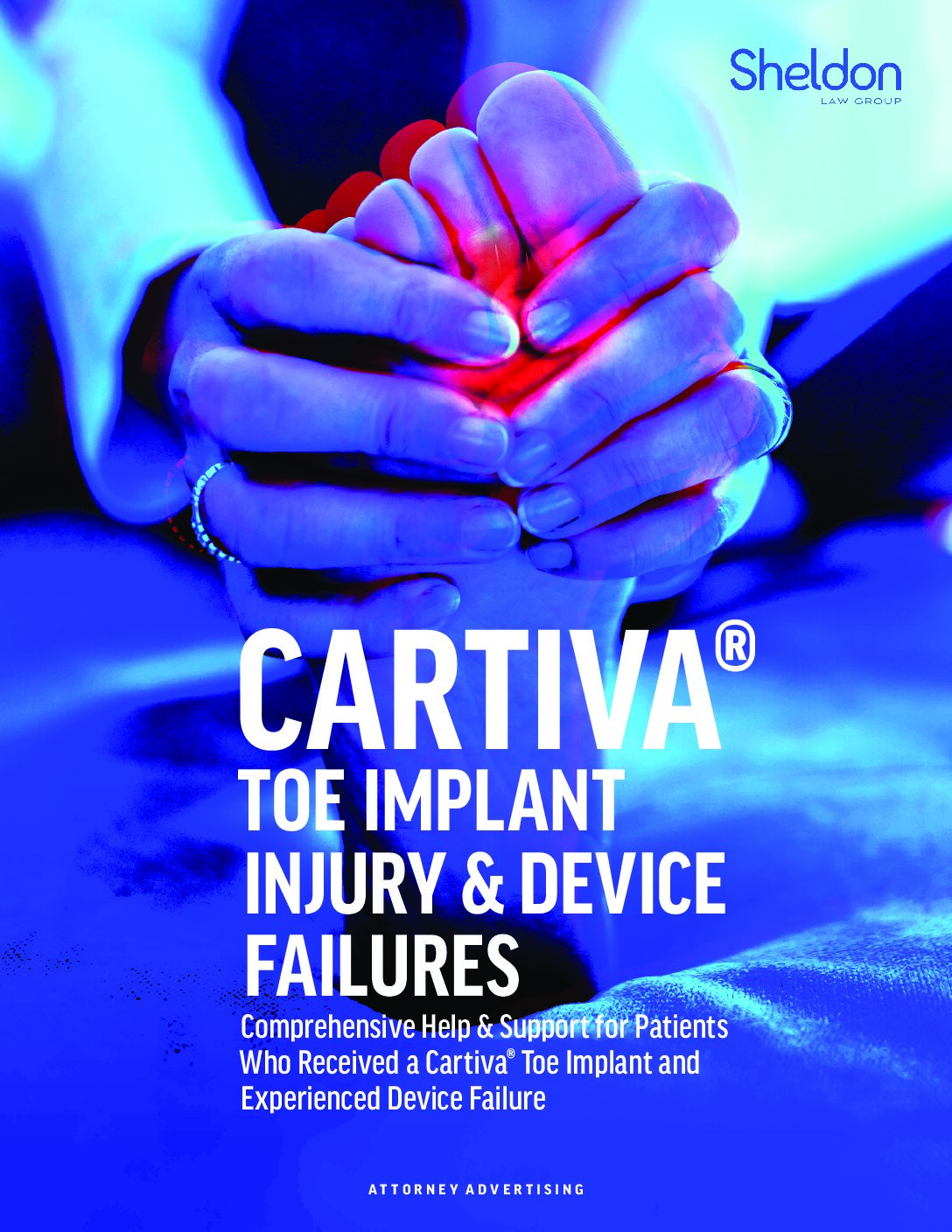MAUDE Database
The Manufacturer and User Facility Device Experience has reviewed the Cartiva from 2016 to 2023 for adverse events. It received 236 different submissions. An unspecified device issue is the most common adverse event noted. Pain and inflammation were the most common patient problems recorded. A total of 102 revision surgeries were performed with nearly 68 percent being toe fusions. Of the 236 submissions, nearly 74 percent had the implant removed and another 9.3 percent were pending.
Along with the unspecified device issue, defects in the implant were also noted along with migration and incompatibility to the patient. For patient problems, joint issues followed pain/inflammation with erosion, infection, fracture, implant failure and local reaction also being recorded. Two of the patients suffered nerve damage from the implant.
Patients who didn’t undergo a fusion after implant removal had another implant inserted. Some had bone grafting and others underwent joint arthroplasty. Most patients needed revision surgery in a median time of 12 months.
Increasing Number of Cases
While early reports were small with only 7 reported in 2017, the number continued to increase. In 2020, there were 33 reports, in 2021, there were 22. 2022 had the most cases at 97. The MAUDE database provides valuable insight into this device, but it is done on a voluntary basis. It’s difficult to determine how many other viable cases may exist.
Those patients who have suffered an adverse event from the use of the Cartiva implant may be eligible for compensation. They can contact our attorneys to find out if they have a claim against the manufacturer.





